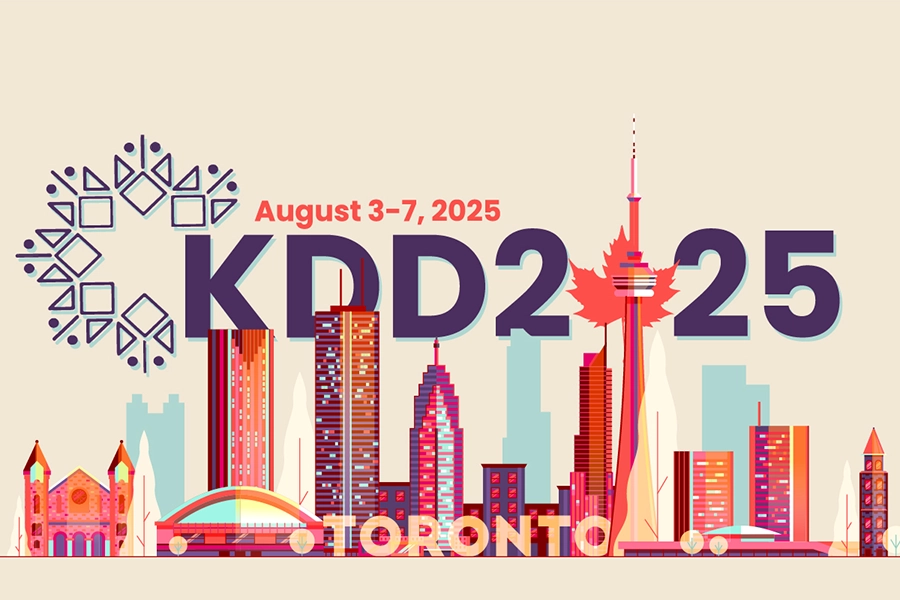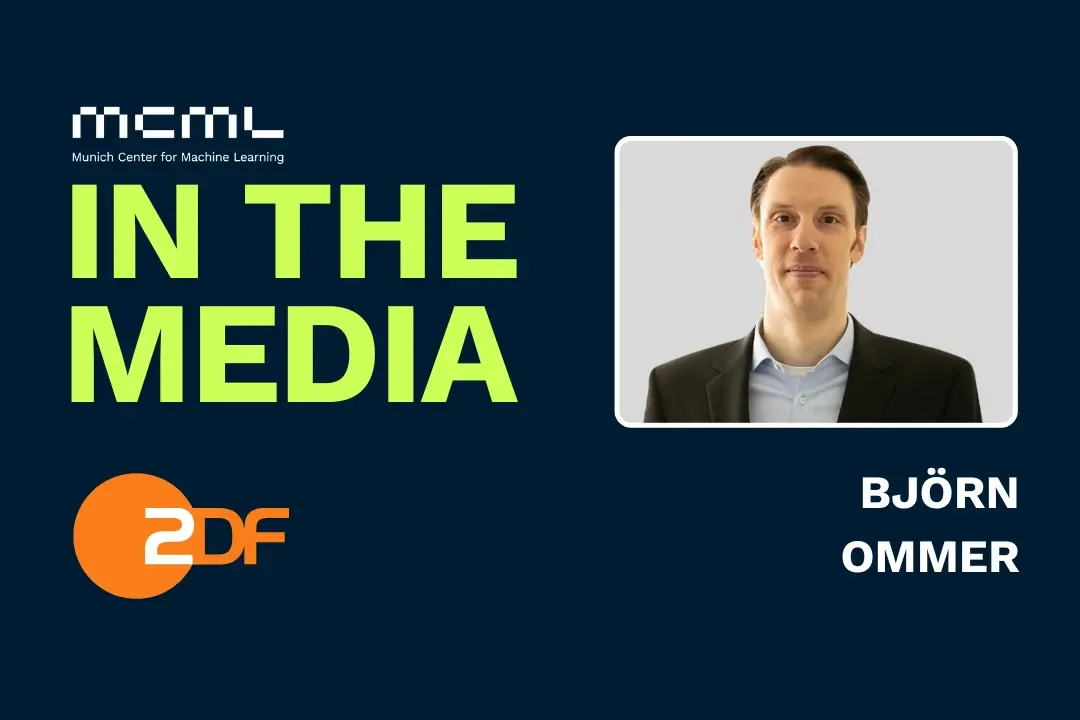31.07.2025

MCML Researchers With Two Papers at KDD 2025
31st ACM SIGKDD International Conference on Knowledge Discovery and Data Mining (KDD 2025). Toronto, ON, Canada, 23.09.2025–27.09.2025
We are happy to announce that MCML researchers are represented with two papers at KDD 2025. Congrats to our researchers!
Main Track (1 paper)
A Diffusion-Based Method for Learning the Multi-Outcome Distribution of Medical Treatments.
KDD 2025 - 31st ACM SIGKDD International Conference on Knowledge Discovery and Data Mining. Toronto, ON, Canada, Aug 03-07, 2025. To be published. Preprint available. arXiv
Abstract
In medicine, treatments often influence multiple, interdependent outcomes, such as primary endpoints, complications, adverse events, or other secondary endpoints. Hence, to make optimal treatment decisions, clinicians are interested in learning the distribution of multi-dimensional treatment outcomes. However, the vast majority of machine learning methods for predicting treatment effects focus on single-outcome settings, despite the fact that medical data often include multiple, interdependent outcomes. To address this limitation, we propose a novel diffusion-based method called DIME to learn the joint distribution of multiple outcomes of medical treatments. We addresses three challenges relevant in medical practice: (i)it is tailored to learn the joint interventional distribution of multiple medical outcomes, which enables reliable decision-making with uncertainty quantification rather than relying solely on point estimates; (ii)it explicitly captures the dependence structure between outcomes; (iii)it can handle outcomes of mixed type, including binary, categorical, and continuous variables. In DIME, we take into account the fundamental problem of causal inference through causal masking. For training, our method decomposes the joint distribution into a series of conditional distributions with a customized conditional masking to account for the dependence structure across outcomes. For inference, our method auto-regressively generates predictions. This allows our method to move beyond point estimates of causal quantities and thus learn the joint interventional distribution. To the best of our knowledge, DIME is the first neural method tailored to learn the joint, multi-outcome distribution of medical treatments. Across various experiments, we demonstrate that our method effectively learns the joint distribution and captures shared information among multiple outcomes.
MCML Authors
Workshops (1 paper)
DyGMamba: Efficiently Modeling Long-Term Temporal Dependency on Continuous-Time Dynamic Graphs with State Space Models.
TGL @KDD 2025 - Temporal Graph Learning Workshopat the 31st ACM SIGKDD International Conference on Knowledge Discovery and Data Mining. Toronto, ON, Canada, Aug 03-07, 2025. To be published. Preprint available. arXiv
Abstract
Learning useful representations for continuous-time dynamic graphs (CTDGs) is challenging, due to the concurrent need to span long node interaction histories and grasp nuanced temporal details. In particular, two problems emerge: (1) Encoding longer histories requires more computational resources, making it crucial for CTDG models to maintain low computational complexity to ensure efficiency; (2) Meanwhile, more powerful models are needed to identify and select the most critical temporal information within the extended context provided by longer histories. To address these problems, we propose a CTDG representation learning model named DyGMamba, originating from the popular Mamba state space model (SSM). DyGMamba first leverages a node-level SSM to encode the sequence of historical node interactions. Another time-level SSM is then employed to exploit the temporal patterns hidden in the historical graph, where its output is used to dynamically select the critical information from the interaction history. We validate DyGMamba experimentally on the dynamic link prediction task. The results show that our model achieves state-of-the-art in most cases. DyGMamba also maintains high efficiency in terms of computational resources, making it possible to capture long temporal dependencies with a limited computation budget.
MCML Authors
Related

29.09.2025
Machine Learning for Climate Action - With Researcher Kerstin Forster
Kerstin Forster researches how AI can cut emissions, boost renewable energy, and drive corporate sustainability.

26.09.2025
Björn Ommer Featured in WELT
MCML PI Björn Ommer told WELT that AI can never be entirely neutral and that human judgment remains essential.

25.09.2025
Björn Schuller Featured in Macwelt Article
MCML PI Björn Schuller discusses in Macwelt how Apple Watch monitors health, detects subtle changes, and supports early intervention.

24.09.2025
MCML PI Björn Ommer Featured on ZDF NANO Talk
MCML PIs Björn Ommer & Alena Buyx discuss AI’s essence on ZDF NANO Talk, covering tech, ethics, and societal impact.







